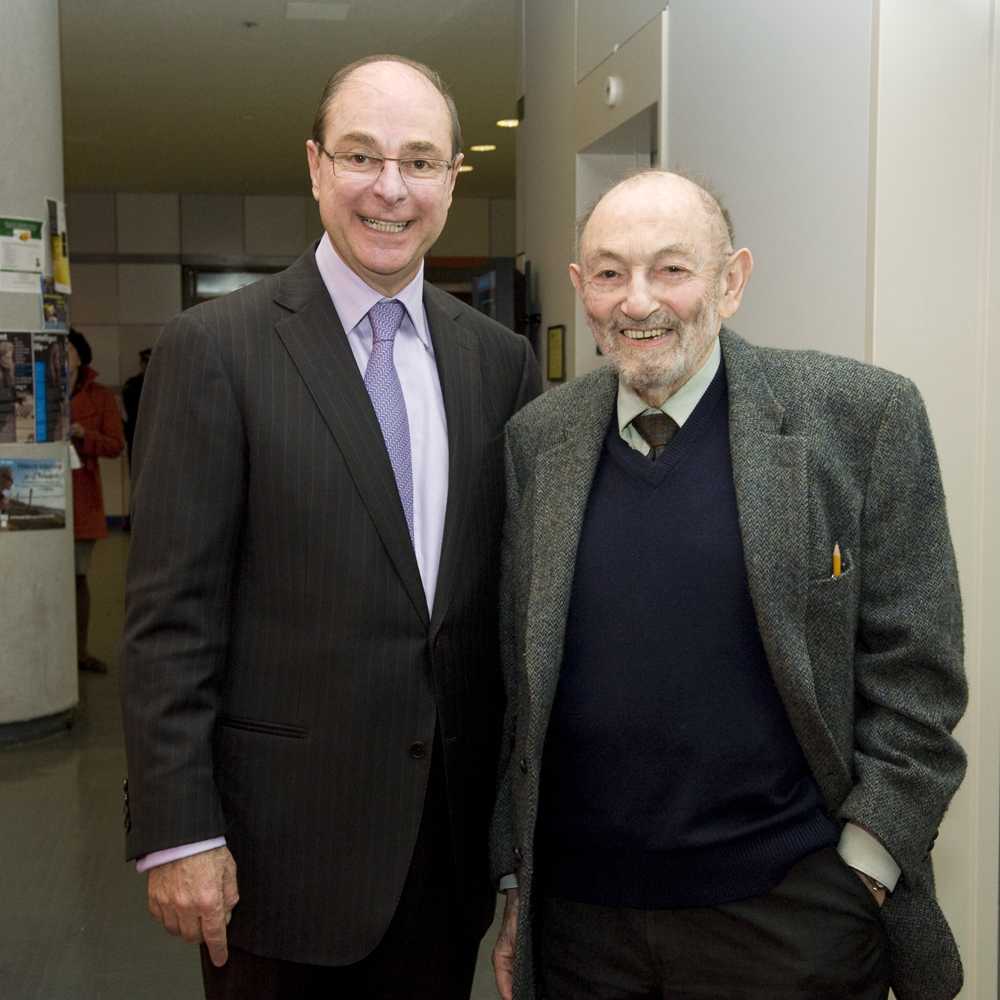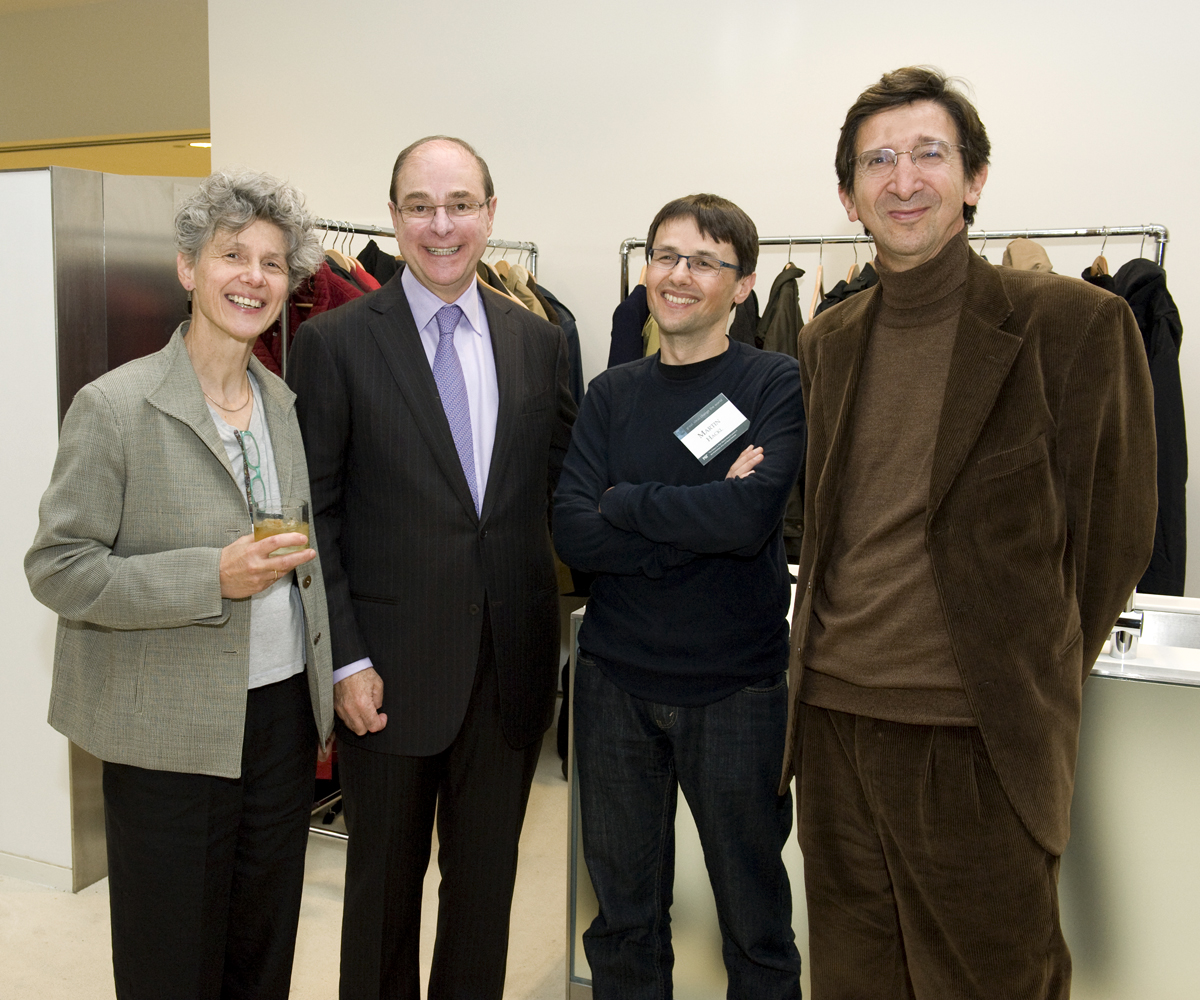Speaker: Michael Kenstowicz
Title: Accent Classes and Lexical Drift in Kyungsang Korean
Location: 32D-831
Time: Monday, Oct 31, 5:00pm
In the Kyungsang dialects nouns fall into several lexically contrasting tonal patterns: three for monosyllables and four for di- and tri-syllabic stems. In this presentation (based on collaborative research with Youngah Do and Chiyuki Ito) we report some of the results of a survey of five native speakers with respect to c. 1,900 native lexical items. The following questions are addressed. How regular are the correspondences between the contemporary accent classes and their attested Middle Korean sources? Which classes have expanded and which have contracted? Have any segmental factors biased the observed changes? What role does lexical frequency play in the correspondences? How do the accentual changes align with the much-discussed segmental analogies in coronal codas? Finally, can the statistical profiles in the lexicon account for the default accent that is assigned to loanwords?


